Sierra Golf Community
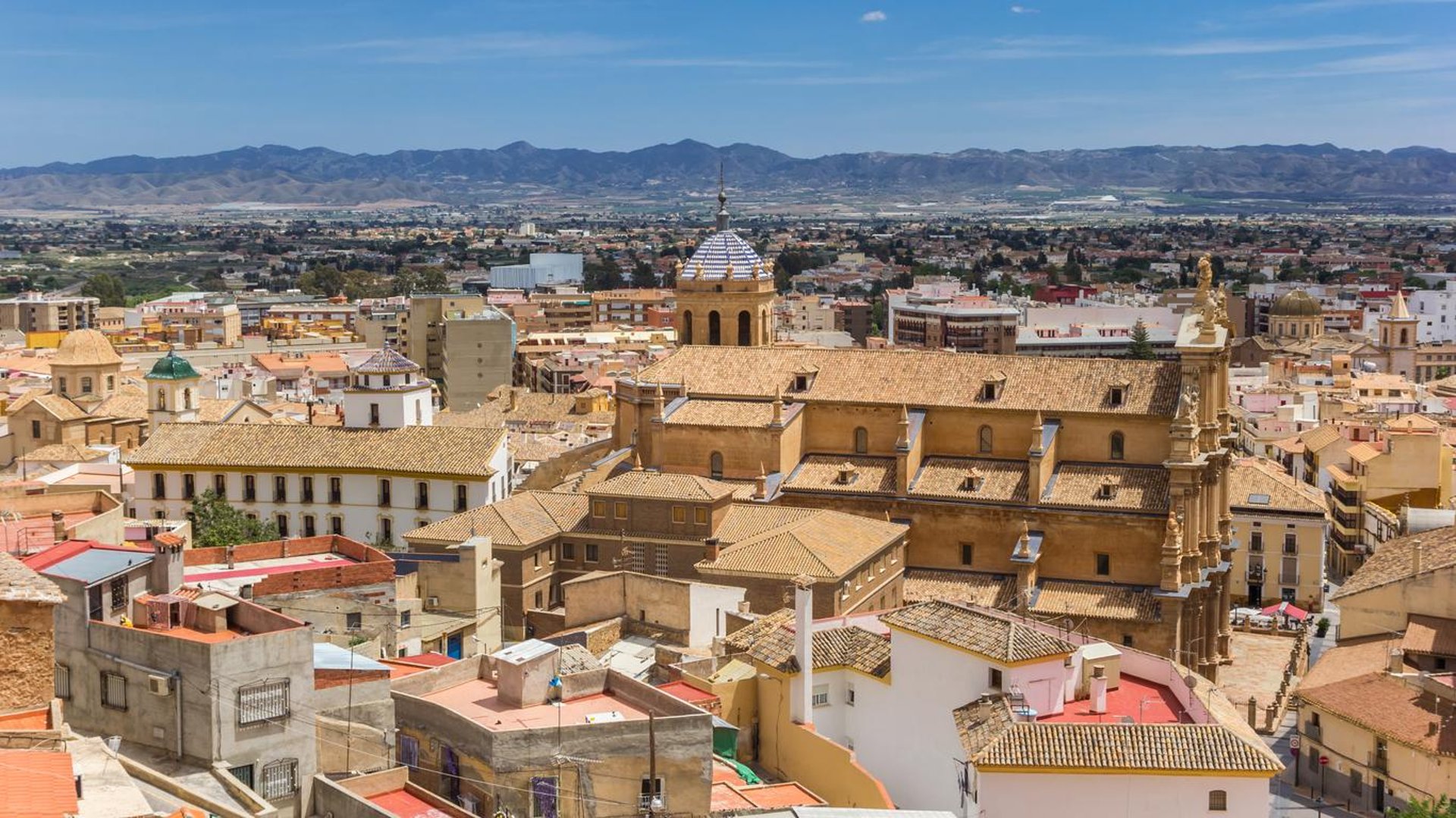
Lorca
So much to see in this hidden gem.
Walking through the narrow cobbled streets of Lorca, you will discover that every step is an encounter with centuries of history. Known as the "city of a hundred shields" for its rich heritage, which will blow your mind. From the imposing towers of Lorca Castle to the hidden treasures of the thousand-year-old synagogue , this Murcian city stands as a living testimony to the intersection between cultures and times


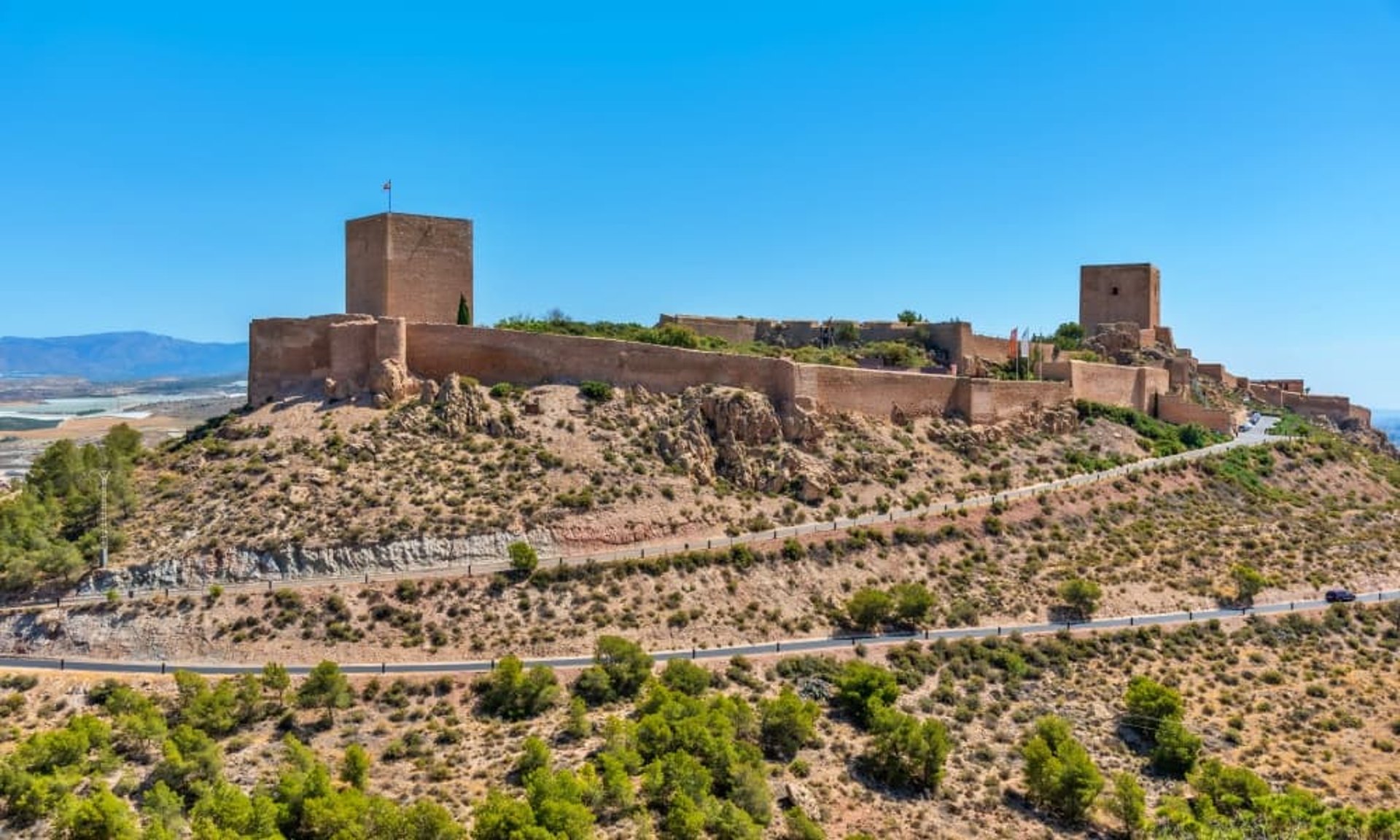
Lorca Castle
Climbing to the top of the hill that seems to touch the sky, you will find this majestic fortress that holds centuries of history and echoes of battles within its walls. With its watchtowers and imposing silhouette, this Arab monument, which has been transformed over time, is a symbol of medieval defensive architecture. For more than 2 centuries it marked the border between the Christian kingdom of Murcia and the Nasrid kingdom of Granada. Declared a National Monument of Cultural Interest. It is not a static monument, but is alive thanks to its exhibitions, historical scenes and cultural activities that open the doors to a journey through time.



There are Festivals and Parades but There are Non Like This.
Holy Week in Lorca transforms this town to the point that it almost becomes Jerusalem.
It is a living staging of the Passion, Death, and Resurrection of Jesus of Nazareth.
It is a great show in which there is a remembrance of the Roman era: emperors, kings, Romans, and soldiers, among others, who parade in beautiful costumes of the time—very showy, with colors that attract the attention of visitors.
The fabrics used are of high quality and very expensive. Also in evidence is the artistic richness of the embroidery, especially the gold embroidered fabrics, nuanced silks, velvets, and cloaks. In this way, episodes of the Bible are put into scenes.
Lorca Holy Week Sun, Apr 13 – Sun, Apr 20
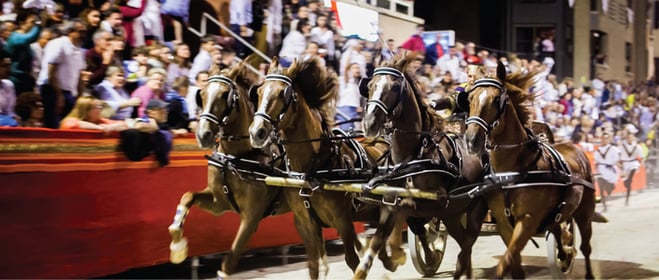

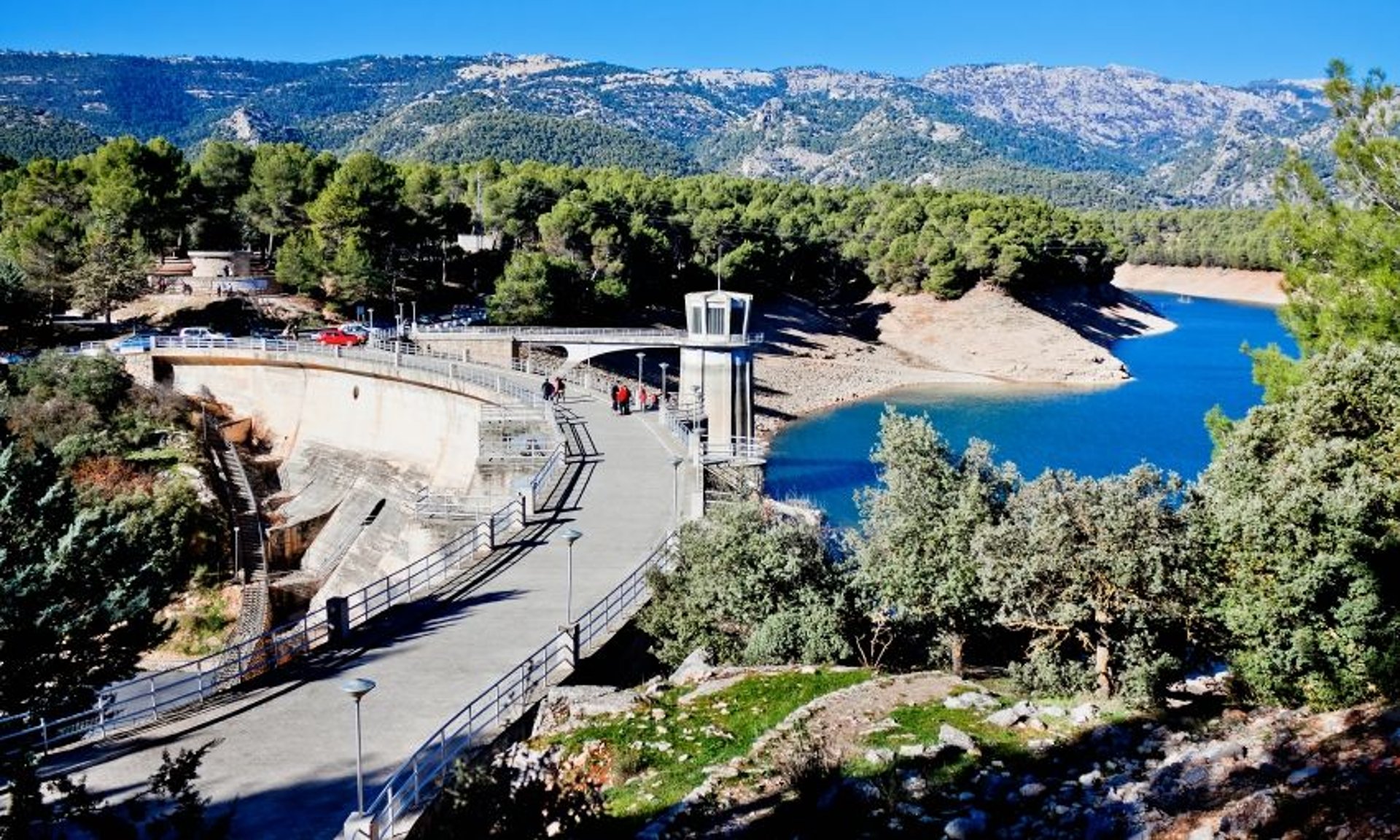
Puentes Dam
The Guadalentin river flows for 121 kilometres along the valley of the same name, in the Region of Murcia. It is also known as the Sangonera river.
Passing through the urban area of the city of Lorca, then continues through the vast Guadalentin valley, receiving the river bed of the Rambla de Nogalte. Later, it turns to the northeast, covering areas of the municipalities of Totana, Librilla, and Alhama de Murcia, where it takes significant contributions from other ravines.
In the hamlet of Pareton in Totana, the Guadalentin river has two channels: one that will take its waters if it comes excessively loaded by the Rambla de las Moreras, in the town of Mazarron, and that leads directly to the Mediterranean Sea; and the other, already in the municipality of Murcia, which consists of an artificial channel called the Requeron channel that connects it to the Segura river, thus becoming the main tributary of this river on the right bank.


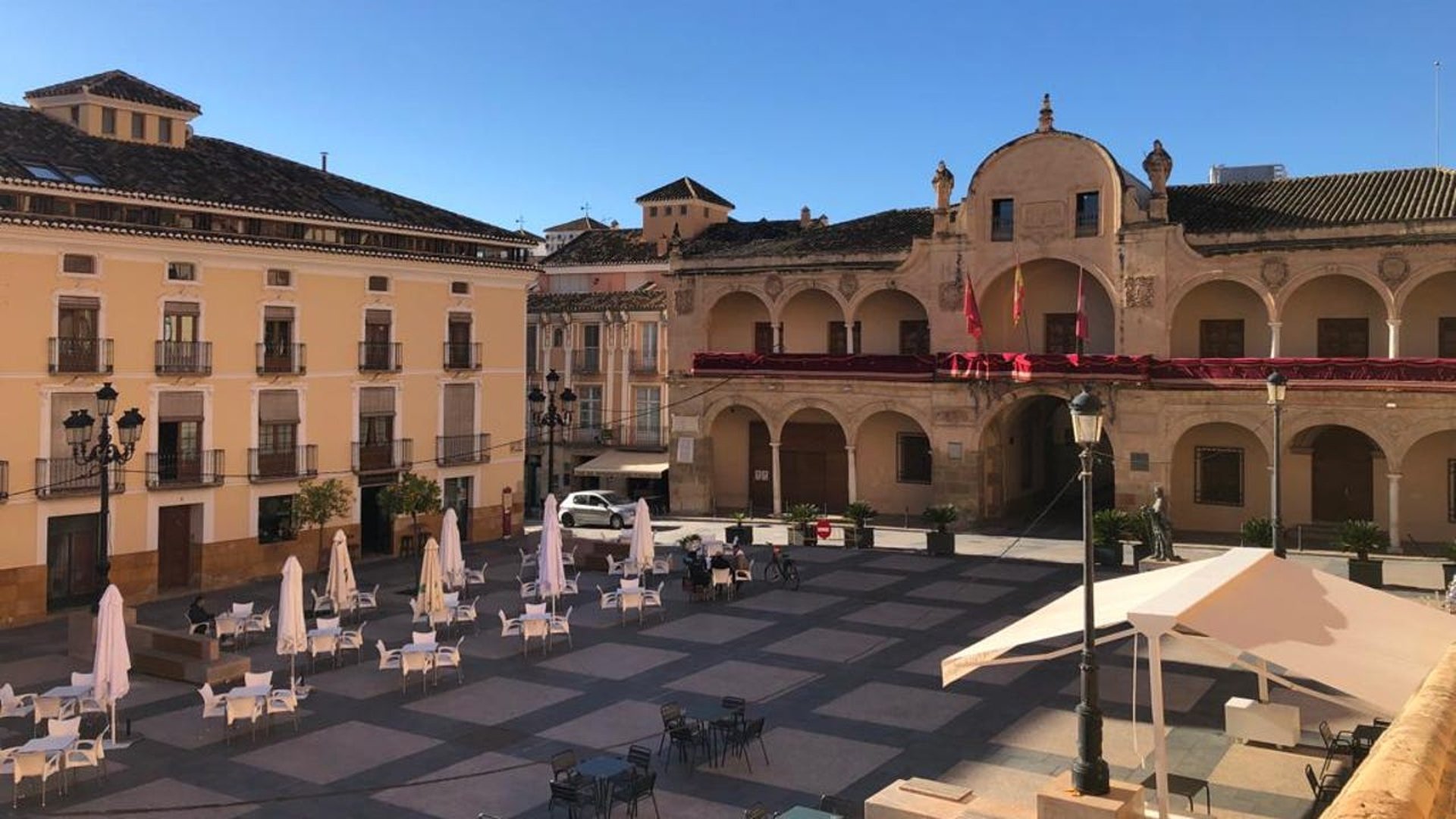
Plaza de España Lorca
Plaza de España is the nerve centre of Lorca. Built in Renaissance and Baroque style, from the sixteenth to eighteenth centuries, it was once called the Plaza de Afuera (the outside square), because it was located just outside the walled enclosure. The most emblematic buildings in the town are located on the square, such as the Town Hall, the Collegiate Church of St Patrick and the Casa del Corregidor, which meant all the political and economic powers of the time were concentrated in one place.
Markets and public events were often held here, as it was one of the most open spaces in Lorca.
Community
Subscribe Today For Local News, Local Events and Onsite Updates.
(You will NOT receive any spam and your information will not be shared with any third parties.)
Support AND CONNECT
© 2025. All rights reserved.
Get in touch to share news and support our community.
This is your website, so if you know of something that is of interest to others, please share it.
Tell us about a local art group, book club, or a great place you love to visit.